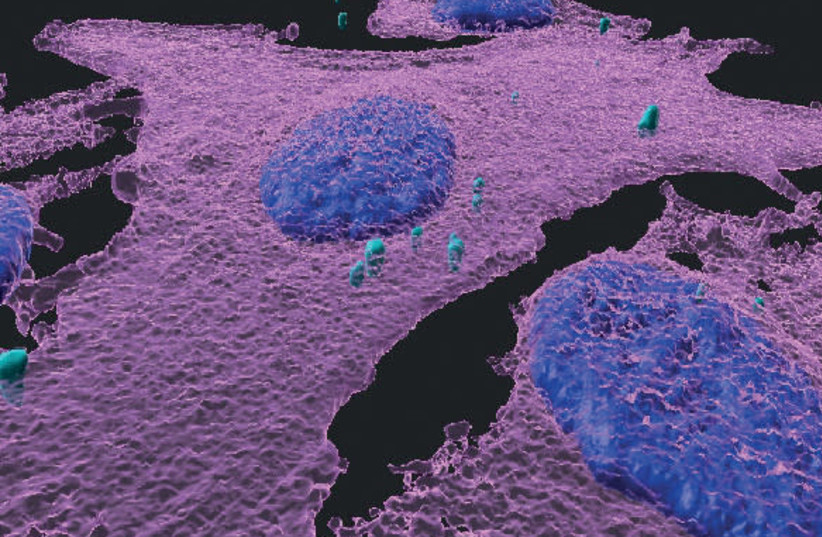The chance of getting skin cancer is higher in men than in women, since many men don't apply sunscreen before going out in the Sun, while most women do, according to the British NHS. With skin cancer death rates rising dramatically, it's time to ask ourselves if we would notice the early signs or if we would know how to differentiate between dangerous moles and harmless ones.
Dr. Philippa Kaye explained in an interview with The Sun everything you need to know.
Kaye explained that you should become familiar with your body in order to notice moles or if there are any changes.
"See a doctor if you notice a mole is changing, which can be in color, size, appearance but also in sensation - so if a mole is bleeding, crusty or becomes sore or itchy," she told The Sun.
How can you detect melanoma at an early stage and how will you know to see a doctor?
There are two main types of skin cancer: Non-melanoma i.e. basal cell carcinoma (BCC) and squamous cell carcinoma (SCC), amount to 156,000 cases per year in the UK, while melanoma, the most serious type of skin cancer, is diagnosed 16,700 times a year. According to Cancer Research UK, non-melanoma cases may be underreported and aren't included in data that lists the country's most common types of cancer.

Millions of people are putting their lives at risk from skin cancer, with one in 10 people in the UK, including kids and teens, using a tanning bed. Exposure to UV rays from the Sun or tanning beds is usually the main cause of skin cancer. Using a tanning bed before age 35 increases the chance of developing melanoma by 87%.
Dr. Kaye explained that the most common sign of skin cancer is changes in a mole, freckle, or normal skin patch. Moles are usually about a quarter of a centimeter in size, a solid brown, tan, or black color, and can be flat or raised. Some are present from birth and others appear in childhood or adulthood and stay the same size.
The most important warning sign is something new on the skin or when an existing mole changes. Initially, they may grow outward and not sink into the skin, so contact a doctor if a mole is growing.
The way skin cancer is treated depends on several factors, but it all depends on the type of cancer, how far it has spread, its location, and if it's at an early or advanced stage. The main treatment is surgery performed under local anesthesia to remove the mole and surrounding tissue.
